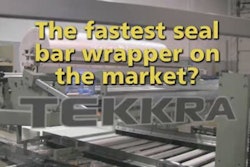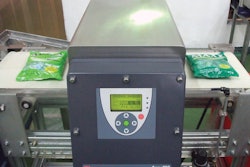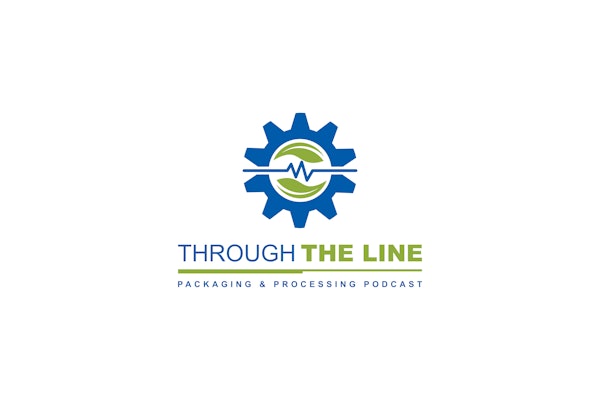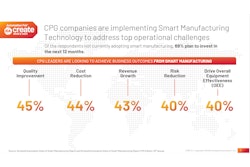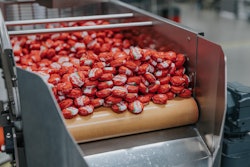Should the funding be approved, the initial focus of the project will be eliminating slow zones, where train speeds are limited to 10 mph. Why start there? Because rail experts have a philosophy that, and here I quote the Chicago Tribune, “the key to going fast is to not go slow.”
My initial reaction to this rail expert philosophy? A big fat “Duh!!” I mean, how obvious can something be? But when I thought about it in terms of packaging lines, I realized that it contains wisdom aplenty for packaging directors and packaging engineers who remain so caught up in the need for speed as they evaluate new packaging machinery that they neglect the more important goal of eliminating slow downs and, worse, stoppages. It doesn’t make a darn bit of difference if a new cartoner runs at blistering speeds if that cartoner, or any other machine in the line for that matter, is blocked or starved for one reason or another.
I’d suggest keeping in mind the rail experts’ philosophy on speed as you roam the aisles of Pack Expo Las Vegas this fall. That doesn’t mean eliminating speed as a desirable machine characteristic. But it does mean broadening your search a little so that your Pack Expo line of inquiry includes questions about how effectively a packaging machine can keep a packaging line from going slow. Reach out to integrators and software providers who specialize in data acquisition and how its effective use can lead to significant gains in OEE (Overall Equipment Effectiveness).
Visibility is the name of the game these days, not raw speed. If you don’t have a clear view of key packaging metrics, it doesn’t do any good to install high-speed machinery because you’ll rarely be able to see how consistently or efficiently that high-speed machine is running.




